Mumbai’s Alarming Air Quality in the Wake of Deonar Dump Site Fire Captured by NASA Satellites
January 28 and January 29, 2016, were the darkest two days in Mumbai. A fire broke out in the Deonar dumping ground, Asia biggest and oldest dump sites that clouded the neighbourhood in thick layer of smoke for about four days which could be sighted from far out in space.
The layer of smoke was thick and toxic that for almost four days over 70 schools remained closed and Mumbai’s air quality index (AQI) was recorded at 341 (poorest ever in the city).
The fire that raged in the largest landfill was captured by National Aeronautics and Space Administration (NASA) satellites. NASA Earth Observatory released upsetting high-resolution images of the toxic smoke rising from the Deonar dumping site that spreads over 132 hectares of land in eastern suburb of the city.
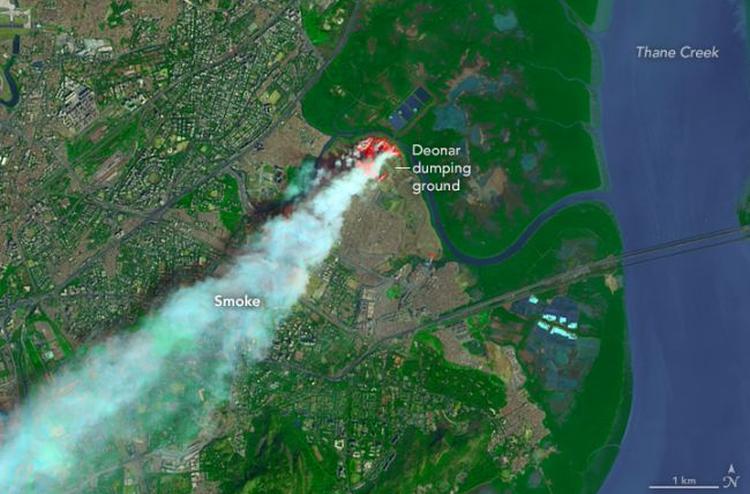
The startling images in natural colors were capture by Operational Land Imager (OLI) on Landsat 8. The images showed smoke streaming into nearby areas and over Mumbai into the coastal areas and the Arabian Sea.
It’s not the first time that Deonar dumpsite has made it to news, the dumping ground is one of the largest landfills in the world, which receives 3,700 metric tons of trash every day (i.e. almost half of Mumbai’s daily refuse). The mountains of trash at the site rise up easily to 30 meters high. By comparison, that is equivalent to a nine-storey building.
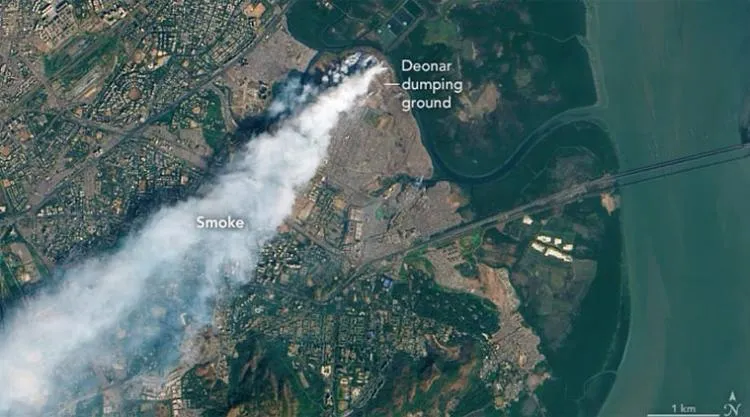
The reason for the fire breakout at the landfill is not clear. FIR by Divisional Forest Officer (DFO) Deonar however suggests the fire was started intentionally by three unidentified minors between the ages of 10 and 12.
Disturbing AQI numbers
The landfill fire was the biggest blow to the air quality of Mumbai ever. In some parts of the city (in vicinity of the Deonar dump site) the smoke deteriorated the air quality to the poorest rate ever recorded in the city since air quality monitoring started in June 2015. System of Air Quality Weather Forecasting and Research (SAFAR) measured AQI at 325 on January 28 morning and at 341 in the evening same day. For comparison, city had recorded AQI at 313 on November 12, 2015 – day after Diwali.
Landfill fires are harmful
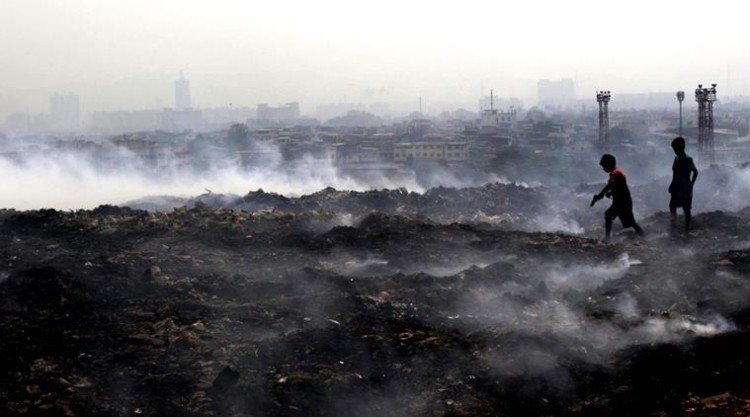
The exact reason of the fire breakout is unknown, the blame game continues and BMC officials want to wash their hands off it, since the public is not startled by the ground reality. Here is slight idea of how it pans out –
Burning of garbage at dumping sites (let alone at one of the world’s largest) understandably is not a good idea and the government strongly discourages it.
Fires in landfills are difficult to extinguish, because it burns on plastic, methane and numerous other highly inflammable and toxic substances that’ve reached dump site (since most households and even commercial set-ups don’t separate garbage for recycling. All kinds of waste is mixed and dumped at one site). These fires are really harmful and major contributors to poor air quality in the area.
People around Deonar dump site are poising themselves to death
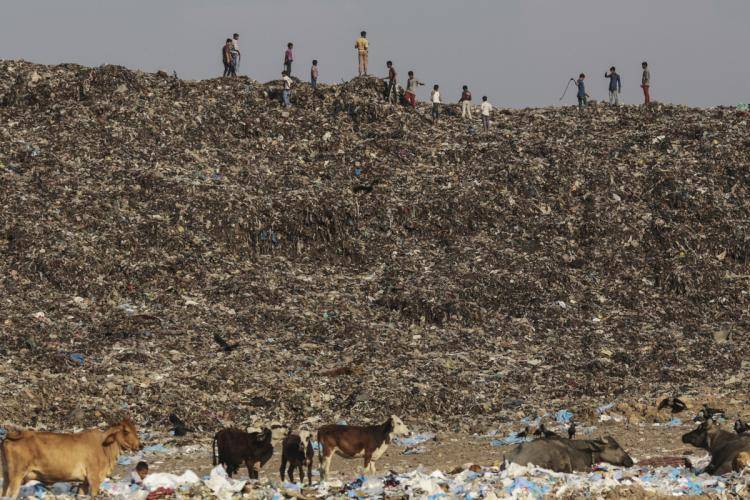
Deonar landfill, owing to its proximity to the residential areas, and of course its magnitude, is contaminating the air and the water table immensely in the area.
A government primary school across the Deonar dumping ground receives yellow and smelly tap water because of landfill contaminating the water supply. Quality of air, 700 students aged five through 13 attending the school may be breathing, is for anyone to imagine.
It’s reported that people living out off picking waste for recycling from Deonar landfill frequently get skin diseases and respiratory problems. These garbage pickers constitute a large population of children; who go alone or accompany their parents to the landfill. Most of these children attending the aforementioned primary school receive a tetanus shot every year as a precaution.
Need of the hour
Deonar dump site has been taking waste (uncontrollably) for the last 89 years, ever since it stated in 1927. Being the oldest, it is also the largest landfill in Mumbai followed by dump sites at Mulund and Gorai.
All run by the BMC these sites require series remodeling. Remodeling of the dump site can happen only when there are considerable numbers of waste disposal plants that can take care of all the waste that is reaching the landfill ((only increasing by the day).
Source: WMW

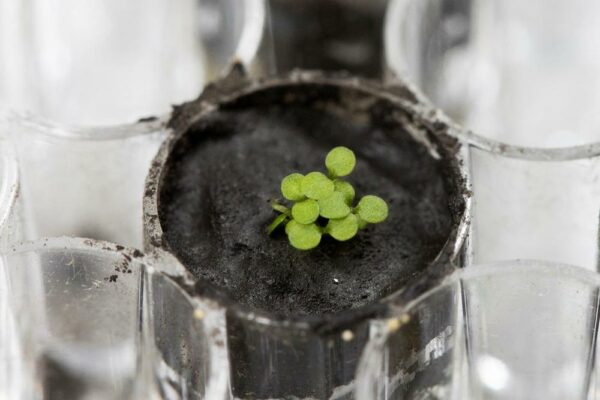

1 thoughts on “Mumbai’s Alarming Air Quality in the Wake of Deonar Dump Site Fire Captured by NASA Satellites”